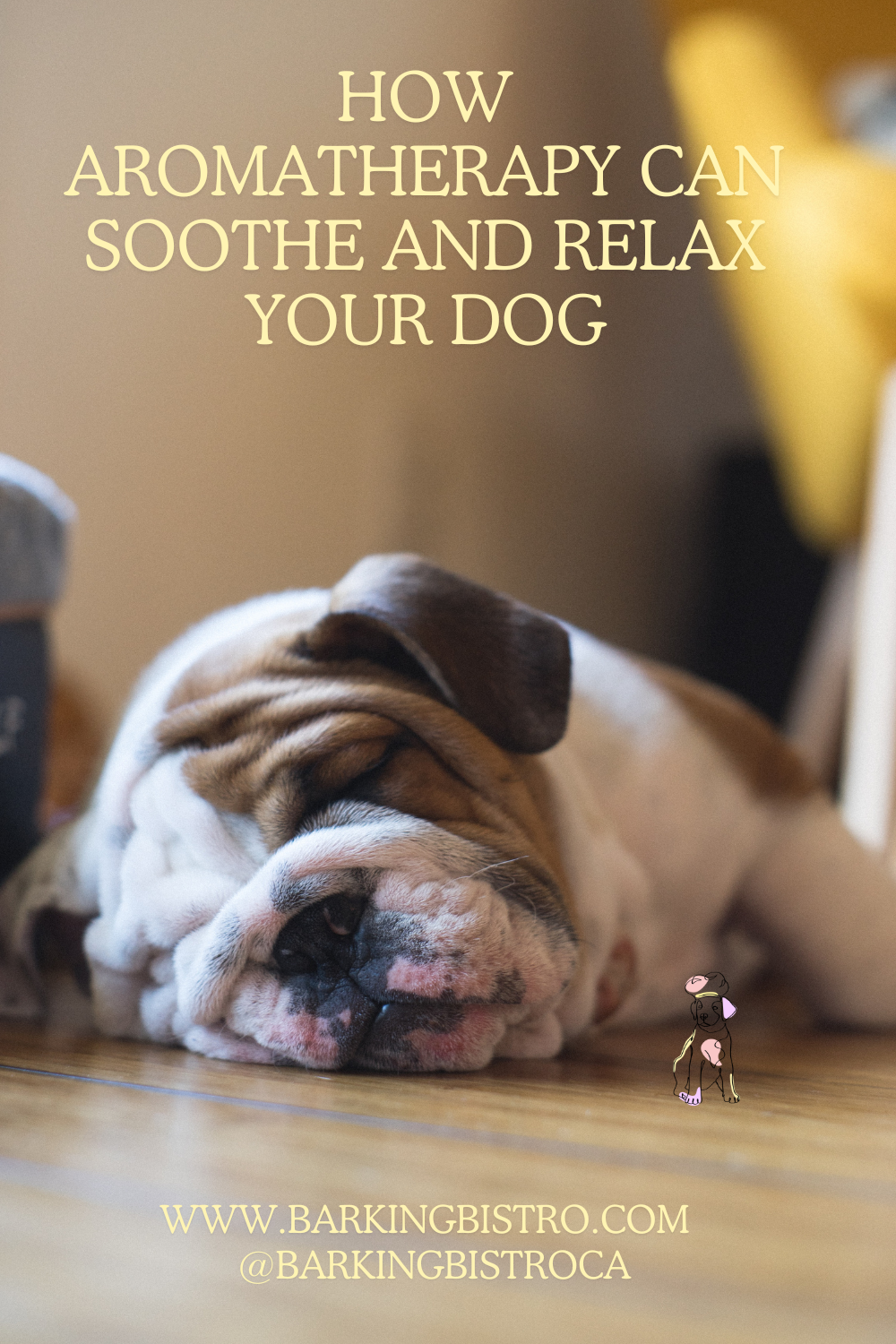Aromatherapy has long been recognized for its ability to promote relaxation, reduce stress, and improve overall well-being in humans. But did you know that aromatherapy can also benefit our canine companions similarly? Just like us, dogs can experience anxiety, fear, and other emotional imbalances, and aromatherapy can be a valuable tool in helping them find calm and balance.
Understanding the benefits of aromatherapy for dogs
Aromatherapy works by harnessing the power of essential oils, which are concentrated plant extracts that contain the natural healing properties of the plants they are derived from. When inhaled or absorbed through the skin, these oils can profoundly affect the mind and body. In dogs, aromatherapy can help reduce anxiety, alleviate stress-related behaviours, promote relaxation, and even enhance their overall mood.
How aromatherapy works for dogs
When a dog inhales the scent of essential oil, it stimulates the olfactory system, which is connected to the brain’s limbic system. The limbic system is responsible for regulating emotions, behaviour, and memory. By activating this system, aromatherapy can help dogs feel more calm and centred. Additionally, some essential oils have specific properties that can address common canine issues, such as anxiety or aggression.
Essential oils that are safe for dogs
While many essential oils are safe for dogs, it’s important to note that not all oils are suitable for canine use. Some oils can be toxic or irritating to dogs, so it’s crucial to do your research and consult with a veterinarian or a certified aromatherapist before using any essential oils on your furry friend. Generally, oils such as lavender, chamomile, frankincense, and cedarwood are considered safe for dogs and are often used in aromatherapy blends for calming and relaxation.
Different methods of using aromatherapy for dogs
There are several ways to introduce aromatherapy to your dog. One common method is to use a diffuser, which disperses the essential oil molecules into the air, allowing your dog to inhale them. Another option is to create a spray by diluting essential oils with water and misting it on your dog’s bedding or in their environment. You can also apply diluted essential oils directly to your dog’s fur or paw pads, ensuring that they are safe for topical use. Whichever method you choose, always start with a small amount of oil and observe your dog’s reaction to ensure they are comfortable.
Creating a calm environment for your dog with aromatherapy
To create a calm and soothing environment for your dog, consider using a combination of essential oils and other relaxation techniques. For example, you can diffuse lavender oil in the room where your dog spends most of their time while playing soft classical music in the background. You can also create a cozy spot for your dog by placing a few drops of chamomile oil on their bedding or using a lavender-scented collar. Remember always to monitor your dog’s response and adjust the aromatherapy routine accordingly.
Using aromatherapy to address specific canine issues
Aromatherapy can be valuable in addressing specific canine issues, such as anxiety or aggression. For dogs who experience anxiety during thunderstorms or fireworks, a blend of lavender and vetiver oil can help promote relaxation and reduce stress. If your dog tends to exhibit aggressive behaviour, you can try using a calming blend of bergamot and ylang-ylang oil to help them feel more balanced. However, it’s important to note that aromatherapy should not be used as a substitute for professional training or behaviour modification techniques.
Precautions and safety measures for using aromatherapy on dogs
While aromatherapy can be beneficial for dogs, it’s essential to follow certain precautions to ensure their safety. Always dilute essential oils before using them on your dog, as their sense of smell is much stronger than ours, and concentrated oils can be overwhelming for them. Avoid using oils near your dog’s eyes, nose, or mouth; never force them to inhale or ingest any oils. Additionally, if your dog has any pre-existing health conditions or is pregnant, consult with a veterinarian before using aromatherapy.
DIY aromatherapy recipes for dogs
If you’re interested in creating your own aromatherapy blends for your dog, here are a couple of simple recipes to get you started:
Calming Blend
- 2 drops lavender oil
- 2 drops chamomile oil
- 1 drop cedarwood oil
- Dilute with 1 tablespoon of carrier oil (such as coconut or almond oil)
Anti-Anxiety Spray
- 5 drops vetiver oil
- 3 drops lavender oil
- 2 ounces of distilled water
- Mix in a spray bottle and shake well before use
Remember to always test a small amount of the blend on your dog’s skin before applying it more extensively to ensure they don’t have any adverse reactions.
Finding the right aromatherapy products for your dog
When choosing aromatherapy products for your dog, opting for high-quality oils specifically formulated for canine use is essential. Look for oils that are 100% pure, organic, and sourced from reputable suppliers. Additionally, consider products that third-party laboratories have tested to ensure their safety and efficacy. If you’re unsure where to start, consult with a certified aromatherapist or ask for recommendations from your veterinarian.
Conclusion
Aromatherapy can be a powerful tool in creating a calm and soothing environment for your dog. By utilizing the natural healing properties of essential oils, you can help your furry friend find relaxation, reduce anxiety, and improve their overall well-being. However, it’s crucial to approach aromatherapy for dogs with caution and always prioritize their safety. Consult with professionals, do your research, and monitor your dog’s response to ensure that aromatherapy is a positive addition to their life. With the right approach, you can create a tranquil oasis for your dog, allowing them to thrive in a peaceful and balanced state.
Photo by Isaac Davis on Unsplash

